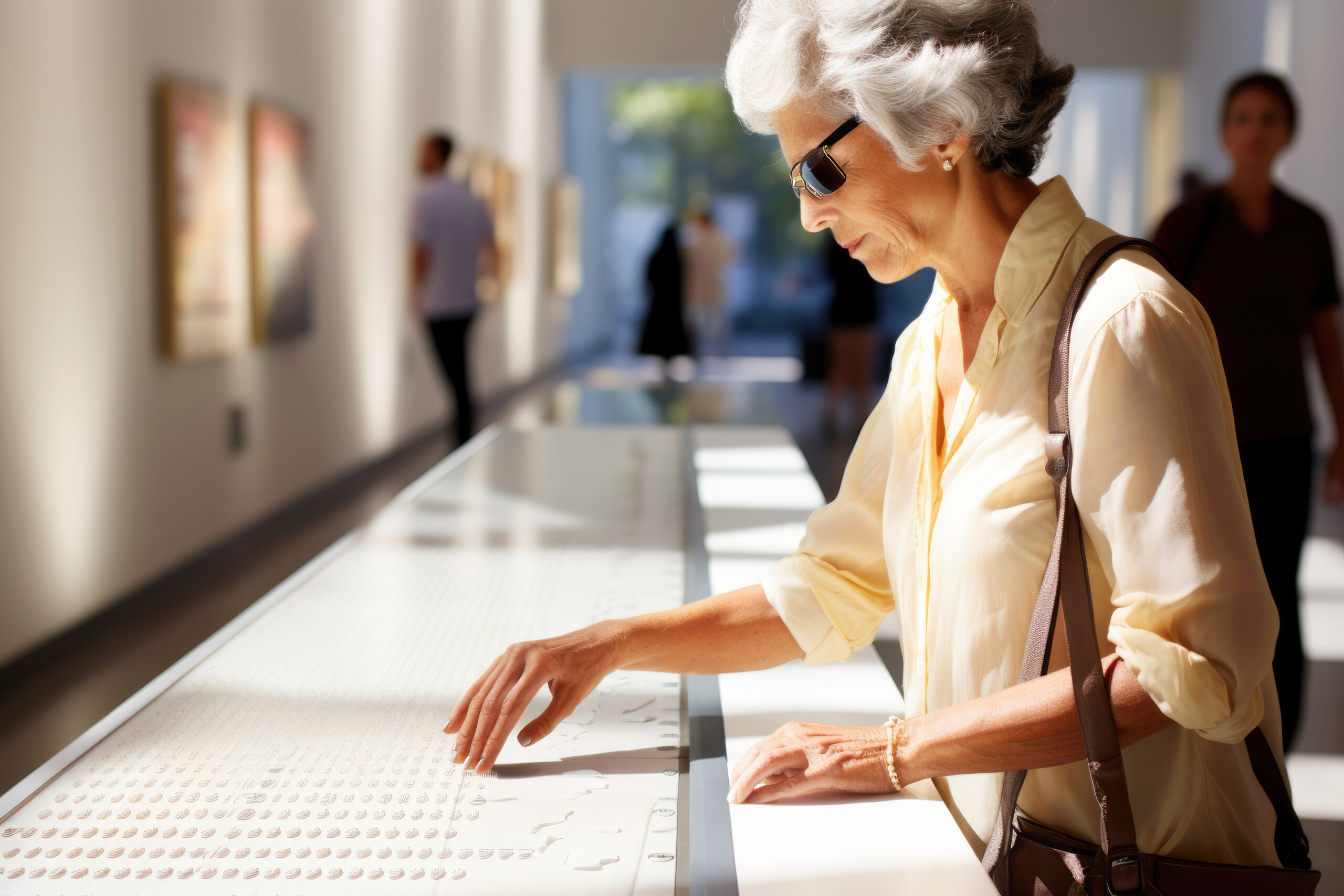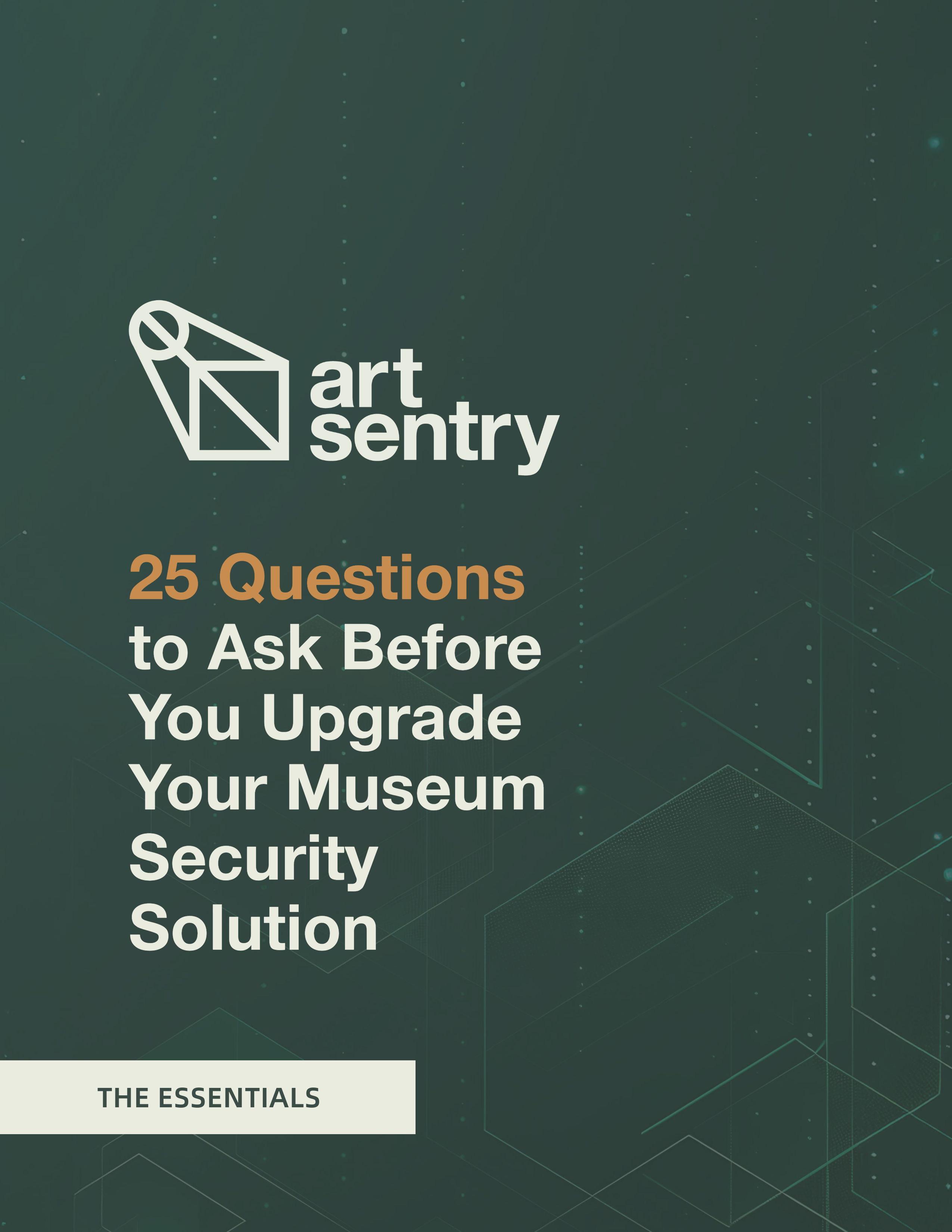Museums have long been heralded as spaces for education, inspiration, and connection. For many individuals, however, these institutions have historically been challenging to navigate due to physical, sensory, or cognitive differences creating barriers. Today, museums are embracing innovative approaches to ensure that every visitor can fully engage with their offerings, regardless of ability. Here’s how some museums are leading the way in accessibility.
Tactile Experiences for the Visually Impaired
The Art Institute of Chicago’s Elizabeth Morse Touch Gallery provides a unique way for visually impaired guests to experience art. This exhibit invites visitors to explore through touch, featuring 3D replicas of sculptures. Accompanied by braille labels and audio descriptions, the gallery ensures that visually impaired visitors can connect with art in a meaningful and engaging way.
Technology Enhancing Access
The Smithsonian Institute’s National Museum of African American History and Culture has integrated technology to support accessibility to all. Their mobile app provides audio tours, captioned videos, and even an augmented reality (AR) experience for visitors with varying needs. In addition to technology-based aids, the museum offers braille maps for visitors with low vision. These tools empower visitors to customize their experience, breaking down traditional barriers and making exhibits more interactive and inclusive.
Sensory-Friendly Programming
Recognizing the challenges individuals face with sensory processing issues, the Museum of Modern Art (MoMA) in New York offers sensory-friendly hours. During these times, the museum dims lights, reduces noise levels, and provides quiet spaces, creating a more welcoming environment for visitors who benefit from a calmer atmosphere. In addition to these sessions, visitors can download a map of sensory-friendly areas from the Moma website. These programs ensure that neurodivergent individuals and their families can enjoy the museum without feeling overwhelmed.
Physical Accessibility Initiatives
The Getty Center in Los Angeles has thoughtfully integrated accessibility into every facet of its design. Its tram system, which transports visitors from the parking lot to the main entrance, is fully wheelchair accessible. Additionally, the museum offers complimentary assistive devices such as mobility scooters and provides detailed accessibility guides for visitors. The Getty also offers audio tours with visual descriptions for those with limited sight and complimentary listening devices for guests with hearing difficulty. These efforts ensure that all visitors can navigate the museum comfortably, regardless of mobility challenges.
Inclusive Educational Opportunities
The British Museum in London has developed programs for visitors with cognitive impairments. Their “Hands-On” sessions offer interactive learning experiences with artifacts, supported by trained educators who adapt the program to suit the needs of diverse participants. This initiative promotes deeper engagement and fosters a sense of belonging, ensuring all visitors feel valued and included.
Collaborations with Advocacy Groups
To ensure accessibility initiatives meet real needs, many museums collaborate with advocacy organizations. The Denver Art Museum worked closely with the Autism Society of Colorado to design their “Low-Sensory Mornings,” ensuring a more inclusive and enjoyable experience for autistic visitors and their families. These partnerships help museums understand and address the specific needs of their diverse audiences while engaging their communities.
Building an Inclusive Future
Accessibility is not a one-time effort but an ongoing commitment. By leveraging technology, fostering partnerships, and rethinking traditional museum practices, these institutions are setting a powerful example for inclusivity. Museums that prioritize accessibility not only enrich the experiences of their visitors but also affirm their role as truly public spaces for all.


